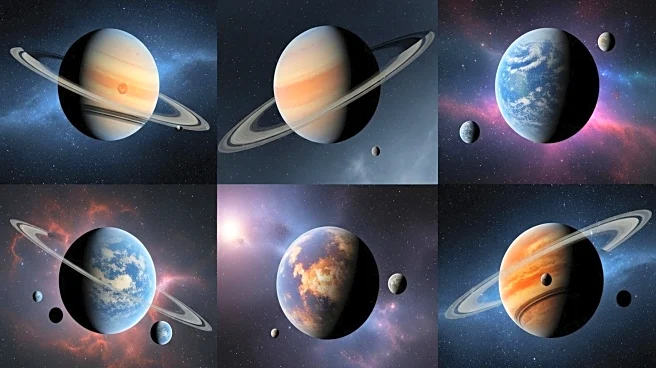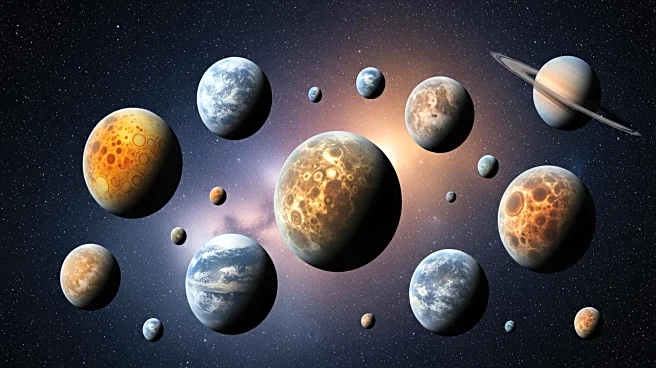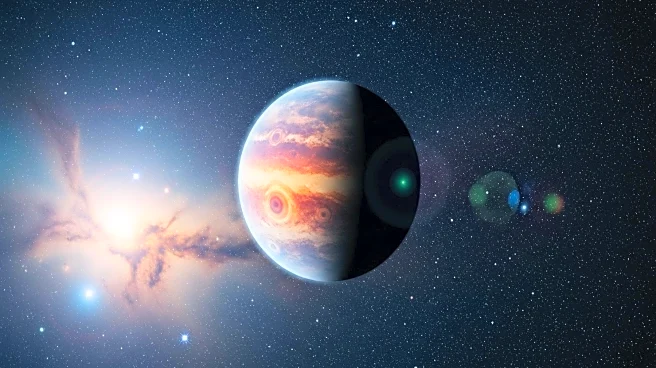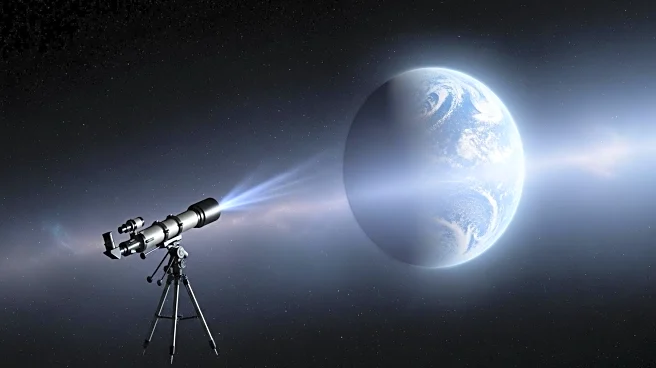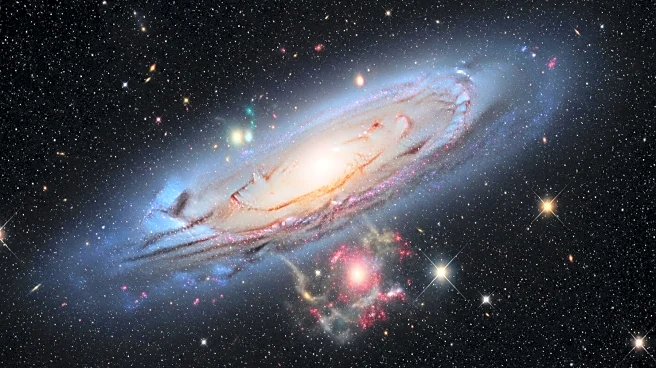What's Happening?
NASA has confirmed the discovery of 6,000 exoplanets, marking a significant milestone in astronomical research. This achievement is largely attributed to the efforts of NASA's Kepler and TESS missions, which have been instrumental in identifying these distant worlds. The discovery process involves overcoming challenges such as the glare of stars and vast distances, with indirect methods like transit and radial velocity leading the way. Despite these challenges, the diversity of exoplanets discovered offers new insights into planetary formation and the potential existence of Earth-like worlds. The findings highlight the variety of exoplanets, including hot Jupiters and ultra-short period planets, which differ significantly from those in our Solar System.
Why It's Important?
The discovery of 6,000 exoplanets is crucial for understanding the universe and the potential for habitable worlds beyond Earth. It expands our cosmic neighborhood's known planetary inventory, providing insights into the conditions required for planetary formation. This milestone also underscores the importance of technological advancements in observational methods, which are essential for detecting and studying these distant planets. The identification of biosignatures and the search for habitability remain key goals, with missions like the James Webb Space Telescope poised to revolutionize this area of study. The ongoing exploration of exoplanets could lead to significant breakthroughs in our quest to find life beyond Earth.
What's Next?
Future missions, such as the European Space Agency's PLATO and the proposed Habitable Worlds Observatory, aim to discover rocky exoplanets around Sun-like stars and detect habitable exoplanets within habitable zones. These efforts are complemented by missions like CHEOPS and ARIEL, which seek to study known exoplanets in greater detail. As technology continues to advance, the prospect of identifying Earth-like exoplanets and assessing their potential for hosting life becomes increasingly tangible. The ongoing search for habitability and the identification of biosignatures will remain central to exoplanet research.




